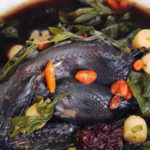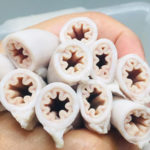1. Choosing the Order of Ingredients When Juicing
When using slow juicers, it is important to follow certain principles to ensure smooth and efficient operation while avoiding circuit malfunctions and damage. By following the principle of “soft first, hard later, low fiber first, high fiber later,” you can preserve the nutrients in the food and maximize the performance of the machine. It is also important to avoid juicing fruits with large and hard seeds, sugarcane, hard nuts with shells, and frozen fruits.
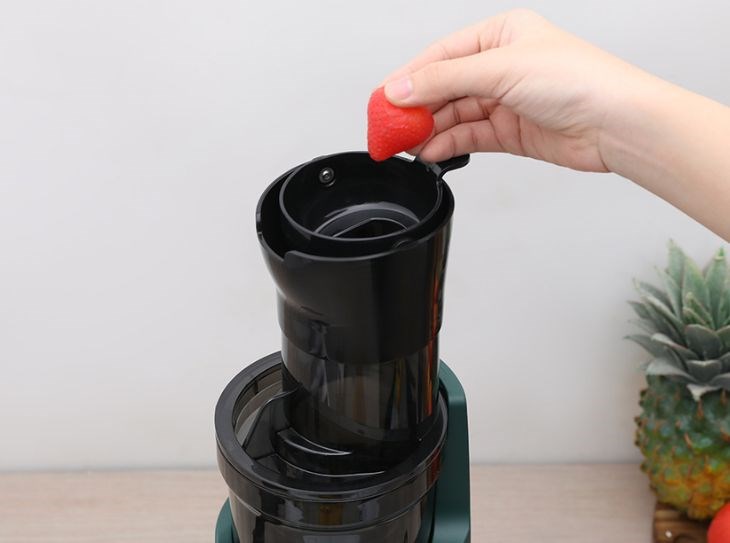
Should use a slow juicer according to the principle: Soft first, hard later, low fiber first, high fiber later.
2. Proper Preparation of Ingredients Before Juicing
To ensure food safety and better juicing quality, it is important to pre-process the ingredients before juicing. This includes thoroughly washing vegetables, tubers, and fruits with water or soaking them in salt, as well as peeling them if necessary. Additionally, it is recommended to cut the ingredients into small pieces before putting them into the machine, especially for hard foods. Vegetables should also be cut into 3-5 cm segments to facilitate the juicing process.
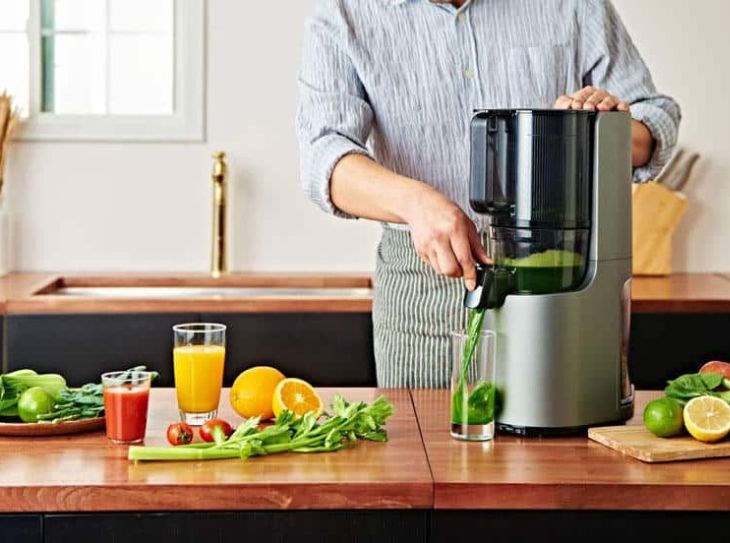
You should pre-process the ingredients before juicing to have better juicing quality.
3. Do Not Overload the Juicer
It is important not to put too many ingredients into the juicer at the same time, as this can overload the machine and cause it to malfunction or even get damaged. To ensure optimal operation, it is recommended to divide the ingredients into small portions and feed them into the juicer one at a time. This not only helps the machine operate quickly, but also allows it to extract all the water from the fruits and minimize waste.
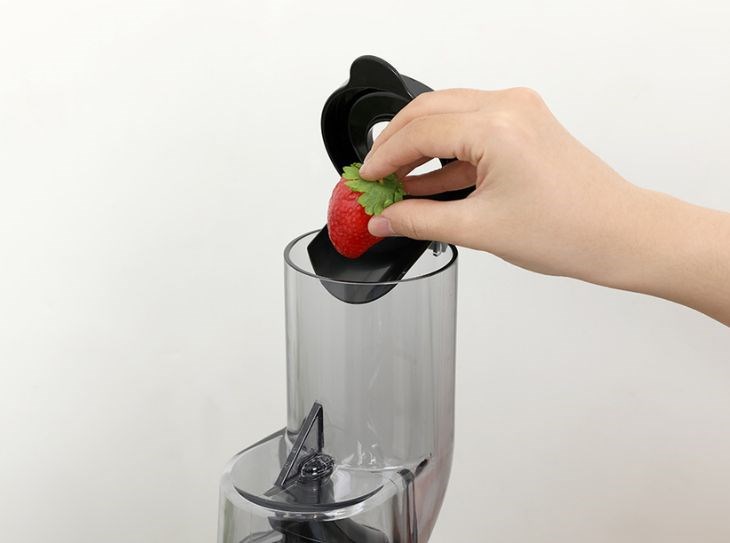
Has a large feed tube diameter of up to 82mm for easy juicing of large amounts of food at once.
4. Re-Juice the Pulp
Contrary to common belief, vegetables, tubers, and fruits do not lose all their water and nutrients when juiced once. It is recommended to re-juice the remaining pulp, as there is still a significant amount of water in the fruits that can be extracted. Additionally, it is advisable to set aside the pulp after the first juicing to prevent the water from mixing into the pulp and affecting the quality of the next juicing.

The AVA SJ-008 mini slow juicer has a juicing power of up to 250W, allowing for fast and maximum pulp extraction.
5. Use a Residue Filter
Every slow juicer is equipped with a residue filter that plays an important role in improving the quality of the juice. The residue filter helps to remove impurities from the ingredients and ensures the health of your family. It is recommended to install all the parts provided by the manufacturer, including the residue filter, to significantly increase the quality of the juiced water.
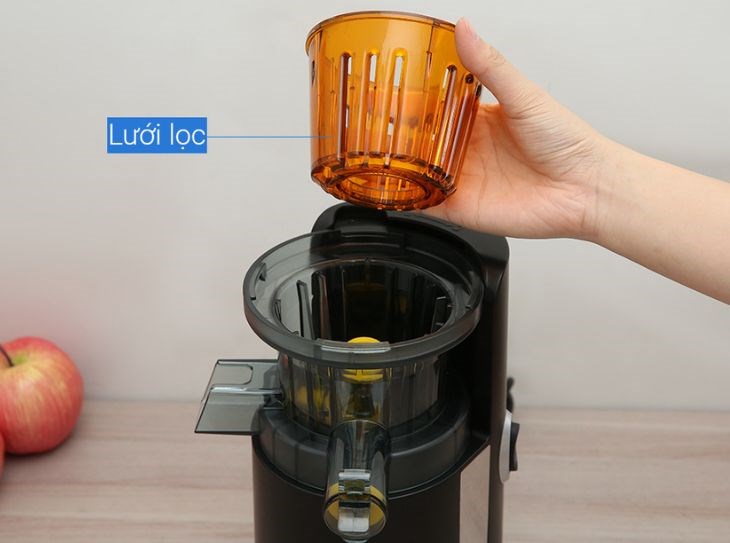
The AVA KS-1507 slow juicer is equipped with a residue filter that facilitates the juicing process.
6. Lubricate the Slow Juicer with Oil
Using cooking oil to lubricate the grinding parts of the slow juicer can help minimize clogging and provide good fats for the absorption of vitamins in the ingredients. Olive oil or other edible oils are recommended for better absorption. However, it is important to use just enough oil to support the juicing process and avoid overuse.

You should use oil to lubricate the slow juicer to support operation and provide good fat for food.
7. Clean the Slow Juicer After Each Use
Cleaning the slow juicer after each use is crucial for preserving and prolonging its lifespan. Some juicers have built-in grinding blades with small sharp blades that are difficult to clean and time-consuming. Therefore, it is important to clean the machine as thoroughly as possible to avoid damage. Detachable parts make cleaning easier and more convenient.
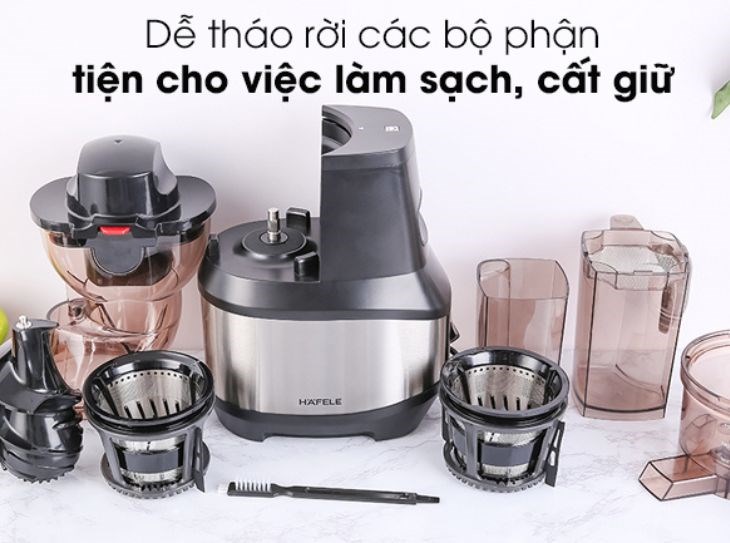
The Hafele JE230-BL slow juicer with many detachable parts is convenient for cleaning after use.



























